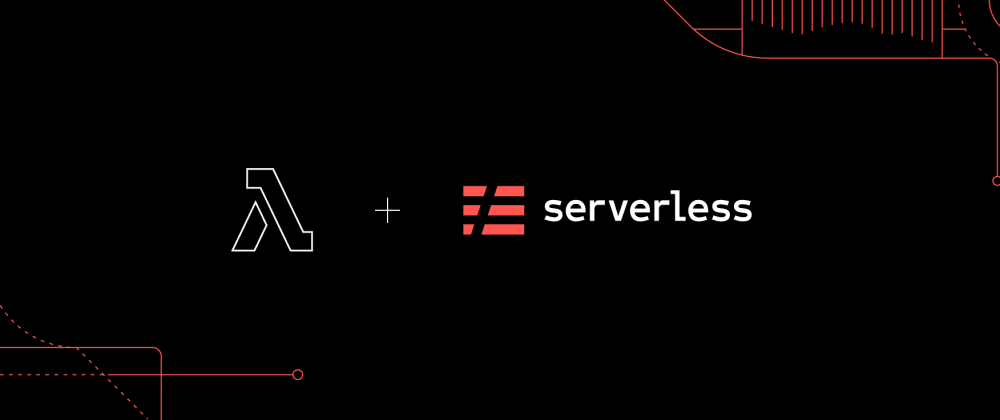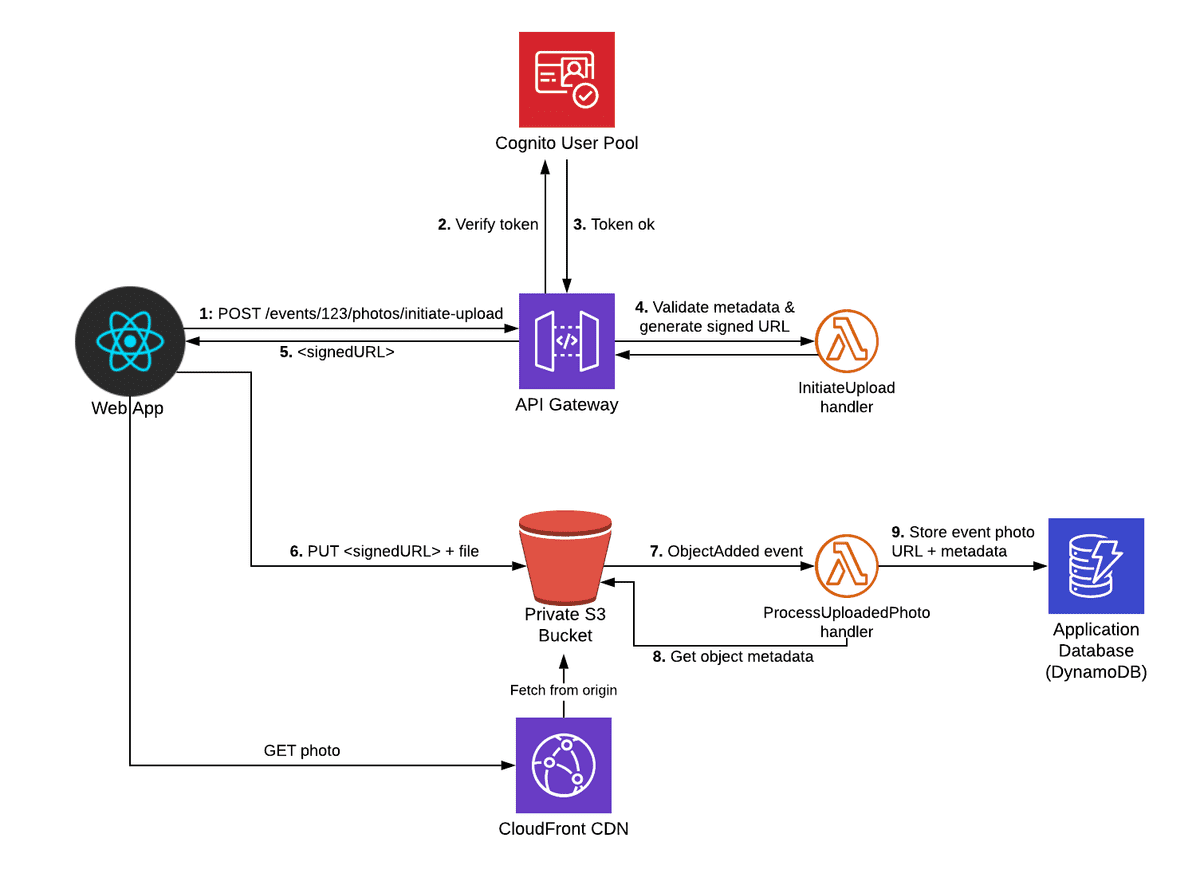

- #Serverless stack tutorial local dynamodb install#
- #Serverless stack tutorial local dynamodb code#
Since we will be receiving data via POST, change the HTTP method in the serverless.yml to post from get.įor testing what we will do now is recieving a message coming in and save that message to a text file on S3. So requests incoming into the API should be formatted like so:Ĭonsole.log("EVENT: \n" + JSON.stringify(event, null, 2))

Like wise when we respond we need to JSON.stringify our body responses. It is important to remember that incoming requests to our functions are JSON based, but the body is always a JSON string. Processing incoming events and responding Testing: sls invoke local -f -p mocks/.json (helpful to make sure your function works).Logging: sls logs -f -t (this is helpful for testing when deploying on AWS).Deploy: sls deploy -v (with verbose flag).More on this as we write out our function. Note: YML is space sensitive the way Python is. Just like permissions with AWS a lot of problems cna be traced back to an improperly configured serverless.yml. The more important file is the serverless.yml which will hold your basic function name, resources and API endpoints.
#Serverless stack tutorial local dynamodb code#
Your JS file will mimic the same functional code you would write when creating AWS Lambda functions.

js file for the function and the other file will be the serverless.yml. When starting out creating serverless functions you will create 2 files, one will be your. SLS still needs access to your AWS stack.

#Serverless stack tutorial local dynamodb install#
Install aws command line installed and configured with your admin rights. To follow this tutorial, you will need the following: Now that we have created our resources on AWS, let’s continue to configure our local environment. DynamoDb configurationĬreate an AWS DynamoDb, the only requirement here would be to use email as a Partition Key (to my SQL background this is our primary key). This will allow anyone to get objects (view our images). The bucket must be configured to be publicly accessible. Be sure to create both resources in the same region, here we will be use us-east-1. The example is trivial but complex enough to fully use serverless.Īs such we will need an AWS S3 bucket and a AWS DynamoDb database. This is the basic setup for something like a id card store. The API will check if the email is unique and refuse to save the data is the email has been used before. The intent is to save the base64 image to AWS S3, the user data to AWS DynamoDb. Our test application will take in data from the user: name, email and a base64 image. This will become more clear down the line. Permissions and API gateways are all handled within the sls configuration file. If you can write AWS Lambda functions why would you what to use Serverless? Well simply it cuts down the amount of time spent on configurations and bouncing between multiple screens within the AWS console. From here on we will refer to serverless as sls which is the command line shortcut name. The Serverless framework allows the creation, monitoring and deployment of serverless functions on pretty much all leading cloud providers from AWS to Google to Alibaba.ĭue to the authors familiarity with AWS we will be using AWS using Node.js. Today we will cover the same process but use the popular Serverless framework. In a previous post Using AWS Lambda to save files to AWS S3 using Node.js we covered using AWS Lambda to create functions to execute a task that usually would be used within a server.








 0 kommentar(er)
0 kommentar(er)
